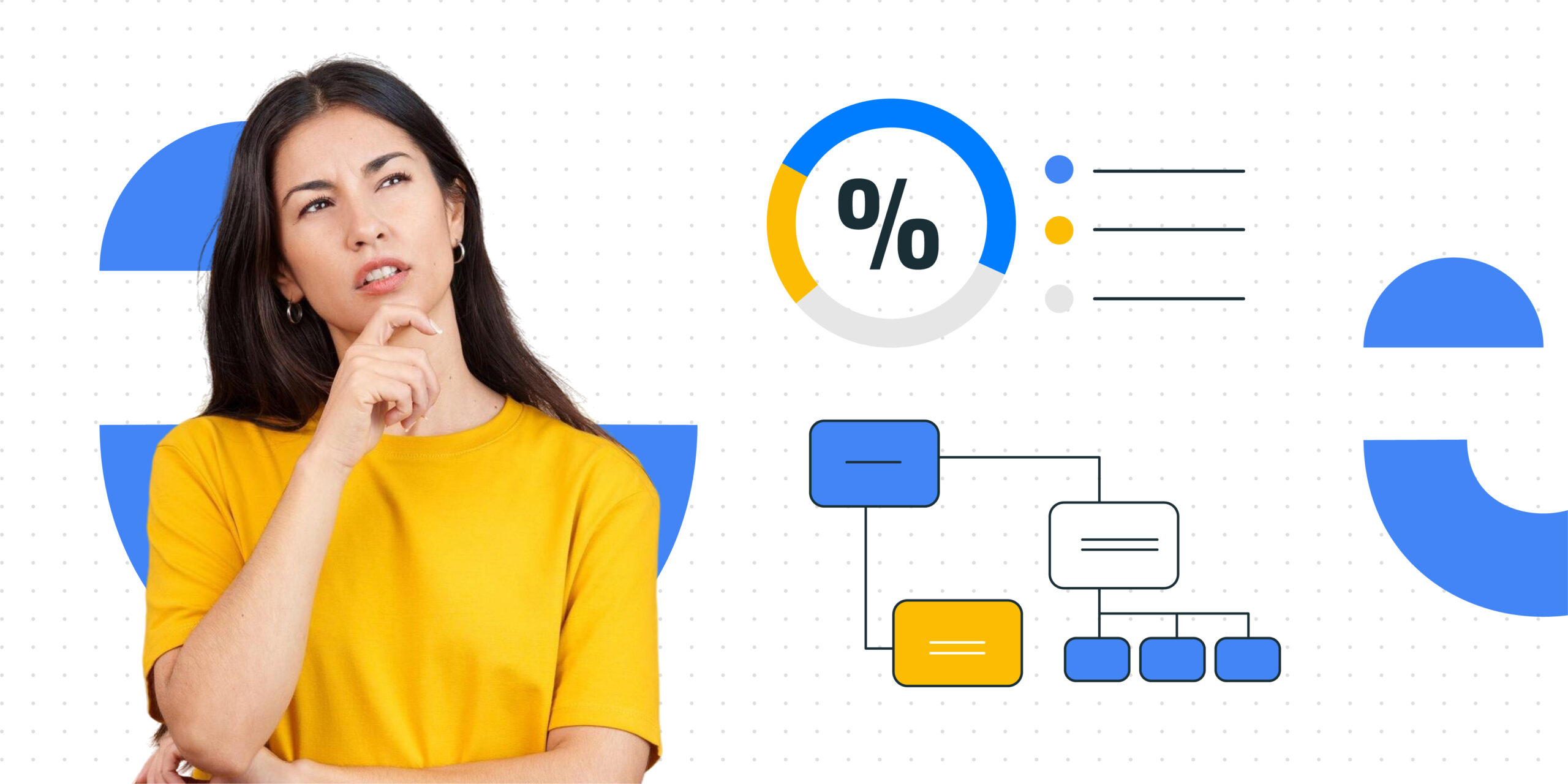Modern workplaces are like a melting pot of personalities, backgrounds, and, of course, work styles.
From meticulous planners to spontaneous innovators, these diverse approaches can contribute to creativity and problem-solving. The only issue is that navigating these differences can also lead to frustration and misunderstandings.
The key to creating a great team environment lies in finding that sweet spot— a place where everyone feels valued and their unique style is appreciated for the contribution it brings to the table.
The Spectrum of Work Styles: Understanding Your Team
Before finding the common ground, it’s important to understand the different work styles that may exist within your team.
Here are some of the most common:
The Planner: This individual does well on structure and organization. They create detailed plans, stick to deadlines, and value a clear methodical approach.
The Doer: Focused on the action and execution. The doer gets things done quickly and efficiently. They may be less detail-oriented but excel at tackling tasks head-on.
The Analyst: This individual prioritizes research and data. They analyze information thoroughly before making decisions and value a thoughtful approach.
The Collaborator: This team player thrives on interaction and feedback. They value open communication and build consensus through collaboration.
The Innovator: The innovator is full of fresh ideas and thrives on pushing boundaries. They may challenge traditional approaches and bring a creative spark to projects.
The Friction of Differences: Challenges of Diverse Work Styles
While diversity is an asset, it can also lead to some challenges. Here are some sample scenarios:
- The planner might clash with the doer when the doer prioritizes speed over thorough planning.
- The analyst might frustrate the collaborator with their data-driven approach, while the collaborator might overwhelm the analyst with a constant need for discussion.
- The strong opinions of the innovator might rub the planner the wrong way, who values a more structured approach.
- The analyst’s cautious approach might hinder the innovator’s creativity, while the innovator’s out-of-this-world ideas could seem skeptical to the analyst.
Overcoming teamwork challenges may require accepting and embracing the strengths of each work style and finding common ground.
Everyone, despite their approach, wants the project to succeed. Remind your team of the shared goal and how their unique styles contribute to achieving it.
Open and honest communication is so important. The planner can explain their need for structure, while the “doer” can voice their desire for flexibility. This open dialogue creates understanding and allows everyone to solve problems together.
Think of these differences as strengths, not weaknesses. The planner’s meticulous approach complements the doer’s quick execution. Similarly, the analyst’s data-driven insights can strengthen the innovator’s creative ideas. Celebrate the value each work style brings to the team. The planner brings stability, the doer drives action, the analyst provides depth, the collaborator is in charge of teamwork, and the innovator fuels creativity.
Finally, be open to flexibility. While structure is important, be willing to adapt your approach based on the task and the team members involved. The planner might be open to a shortened planning phase for a small project, while the doer might appreciate a clear outline for a complex task.
Here are some additional strategies you can do to create a more harmonious team environment:
- Team-Building Activities:
Organize team-building exercises that encourage interaction and collaboration, building of relationships and understanding between team members with different styles. - Personality Assessments:
Consider using personality assessments to help team members understand their own work styles and those of their team members. This can spark self-awareness and build better communication. - Recognition and Appreciation:
Recognize and appreciate achievements regardless of work style. This reinforces that everyone plays a valuable role in the team’s success.
Appreciating diverse work styles, finding common ground, and embracing each of the work style’s strengths can create a team environment that creates collaboration, innovation, and success.
More often than not, a strong team isn’t a collection of identical individuals; it’s a harmonious synergy of diverse strengths. Embrace the differences, celebrate individuality, and watch your team succeed!



